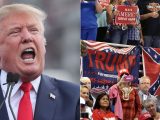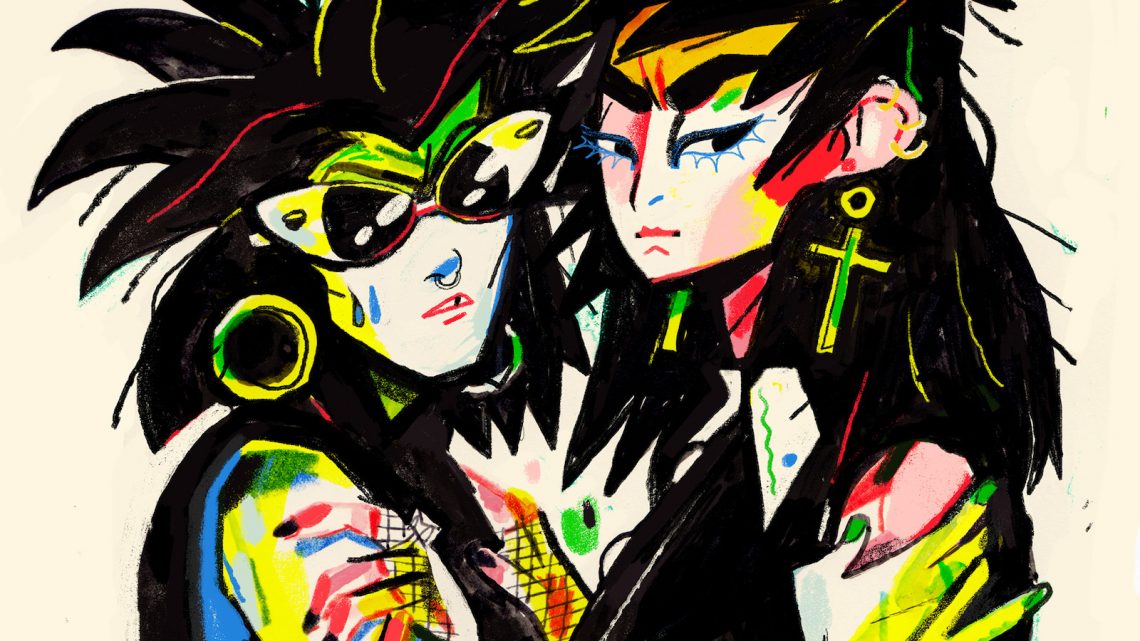
Experiencing Homophobia Shaped Kelsey Wroten’s Beautiful, Queer Comics
June 14, 2018Kelsey Wroten is an illustrator, cartoonist, and animator from Kansas City who lives in Brooklyn. I was first shown the beauty of Wroten’s work in 2014 when she emailed me a 19-page comic submission to publish on VICE. The colors were a little inconsistent with her drawing style and she drew noses like duckbills in profile. But it still displayed Wroten’s masterful storytelling and drawing skills, her ambition, and her desire to connect with a readership. For those unfamiliar with making comics, it takes a lot of artists several months of constant effort to churn out that much work.
The comic showed us a frustrated woman in college named Birdo going about her day. We see her get hunted by an archer, discuss her recent past with a friend, read a shitty comic in the college newspaper, flirt with the lunch lady she has a crush on, and meet God, who resembles a dolphinesque bird monster. Although it was clear that Wroten was still growing as an artist and storyteller, it was also clear that she was not fucking around. She managed to touch on a lot of major topics in her first work and she even incorporated a comic within her comic. Her latest work, Crimes, was published by Pyrite Press. And she has a graphic novel coming out next spring from Uncivilized Books.
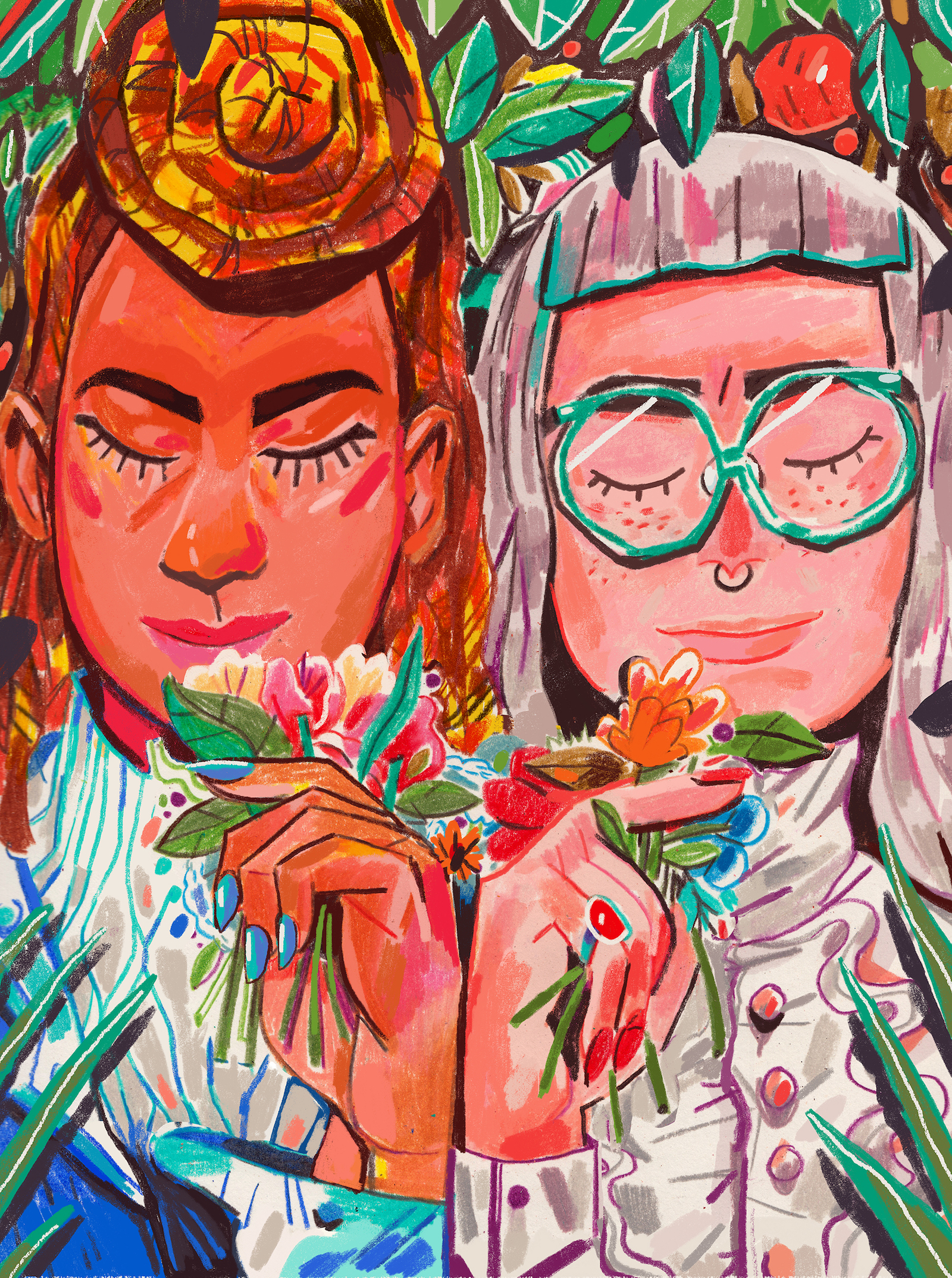
Wroten’s current approach to illustration is full of beautiful organic textures, powerful shapes and poses, and pretty patterns. She creates images that have clarity without sacrificing ornamentation and joy. This past winter, she was in the big yearly Society of Illustrators show for a series of illustrations she did for us called The New Queer. This is a big deal to people who care about editorial illustration.
I asked Wroten about her life and what she was reading, since we’ve mostly ever just spoken about illustration.
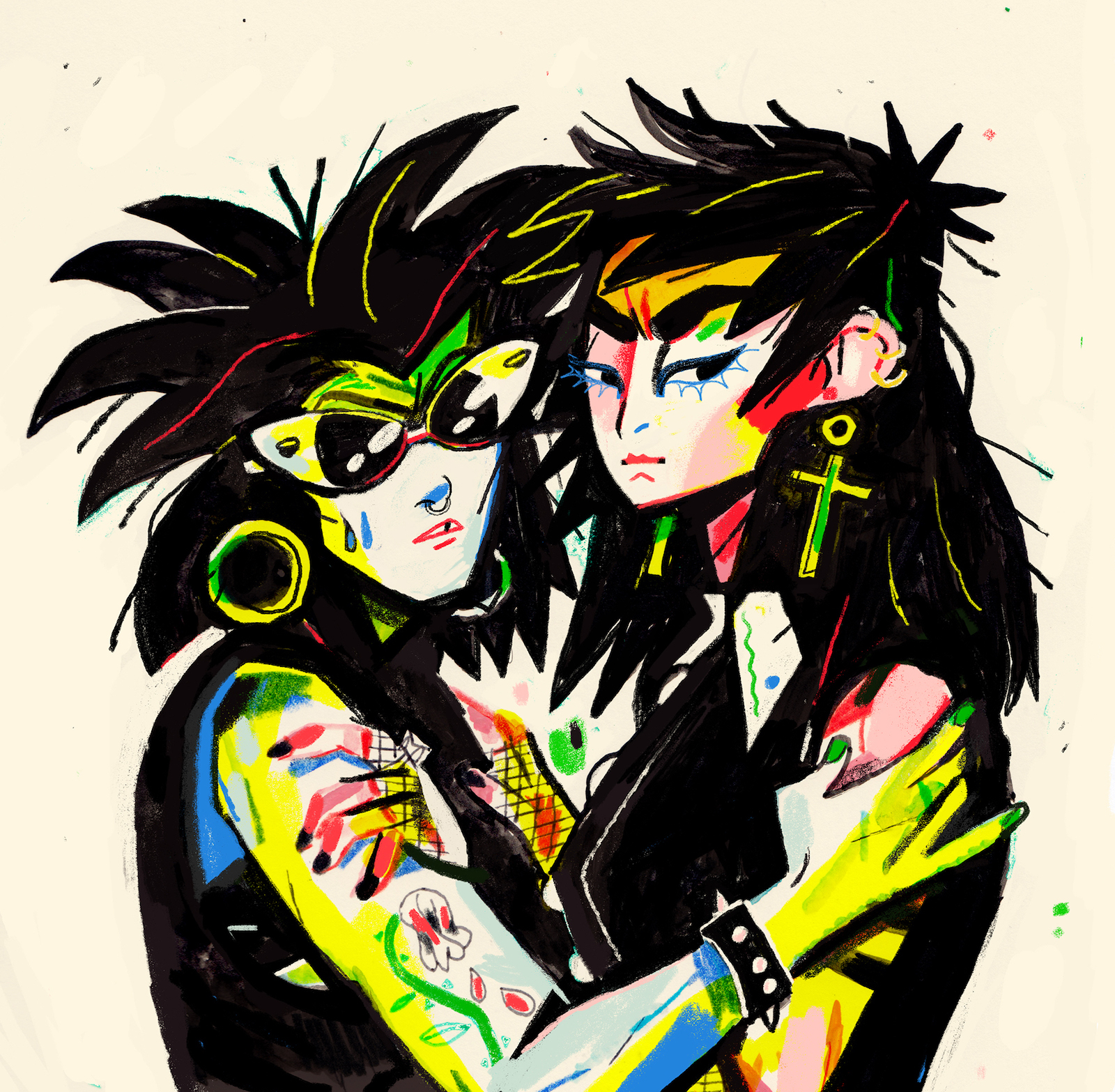
VICE: What's it like where you grew up?
Kelsey Wroten: I grew up in semi-rural Kansas. A suburb of a suburb of a suburb. My hometown has a lower population than I have followers on Instagram.
What are your early memories of being interested in visual art?
I have very few memories before 12 or 13. I started making comics in middle school with my best friend during math class. They were basically a ripoff of Jhonen Vasquez’s work. I find a lot of folks got into comics as a kid through Invader Zim. We decided that we made “comix” with an x. That was very important.
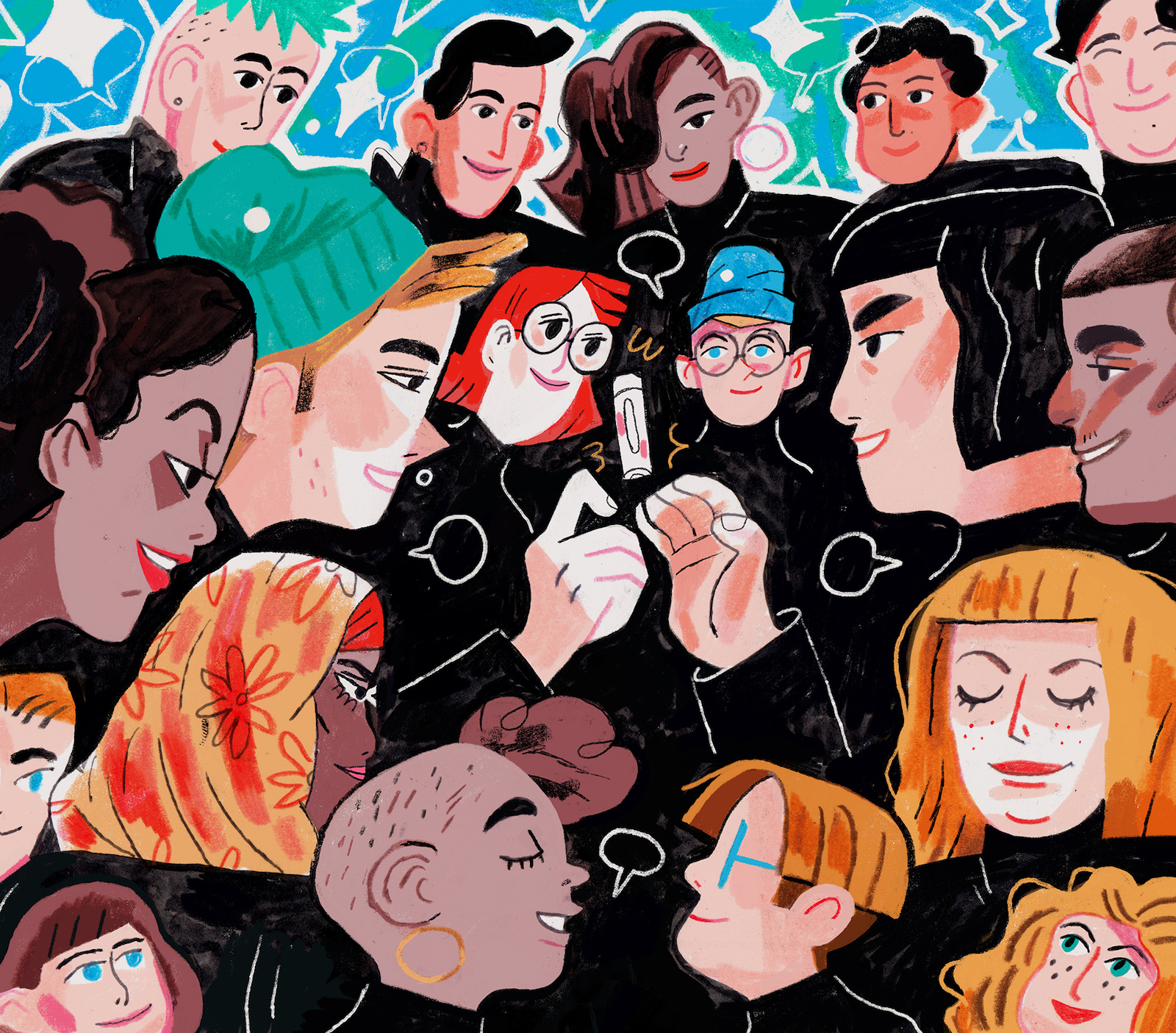
Jhonen Vasquez makes comics look fun and easy to do. How old were you when you first considered the idea of doing art as more than a hobby?
I was in my second year of college. Which is later than 99 percent of my professionally creative peers. I had been studying to be a computer programmer, but I really sucked at it. Art class was the only part of college I could stand.
What was coming out like for you?
I came out to my parents when I was 18, maybe a month after graduating high school. But as everyone knows, coming out is a process that never ends. Yesterday, I "came out" to my coworkers at the animation gig I'm at currently.
[When I was younger], I knew I preferred being around girls. I would get asked if I liked any boys from school and I would say that I didn't, or I would pick a random guy to get folks to stop asking. I also didn't like any girls romantically. I thought I just didn't like anyone and never would.
My first major crush was my best friend. I think a lot of lesbians experience this. She was the one who I made comics with. When she started dating her first boyfriend I got jealous. I felt betrayed and lonely. We would fight a lot and I eventually figured out that it was because I had feelings for her. I told her and she quit wanting to see me. Even now, she won't accept my friend request on Facebook.
I came out to my parents when I started seeing my first girlfriend. My mom asked me about it point-blank and I told her the truth. My parents banned me from seeing her, along with my friends who were girls. No girls in the house. I was constantly getting punished and forbidden from leaving the house. I found a book my mom had bought from Focus on the Family about how I was probably depressed or had some other issue. So I gave my parents an ultimatum: I was going to see my girlfriend without them punishing me or I'd move out. My parents left my stuff out on the curb for the garbagemen. I can talk about it now, but it was a really awful and difficult time.
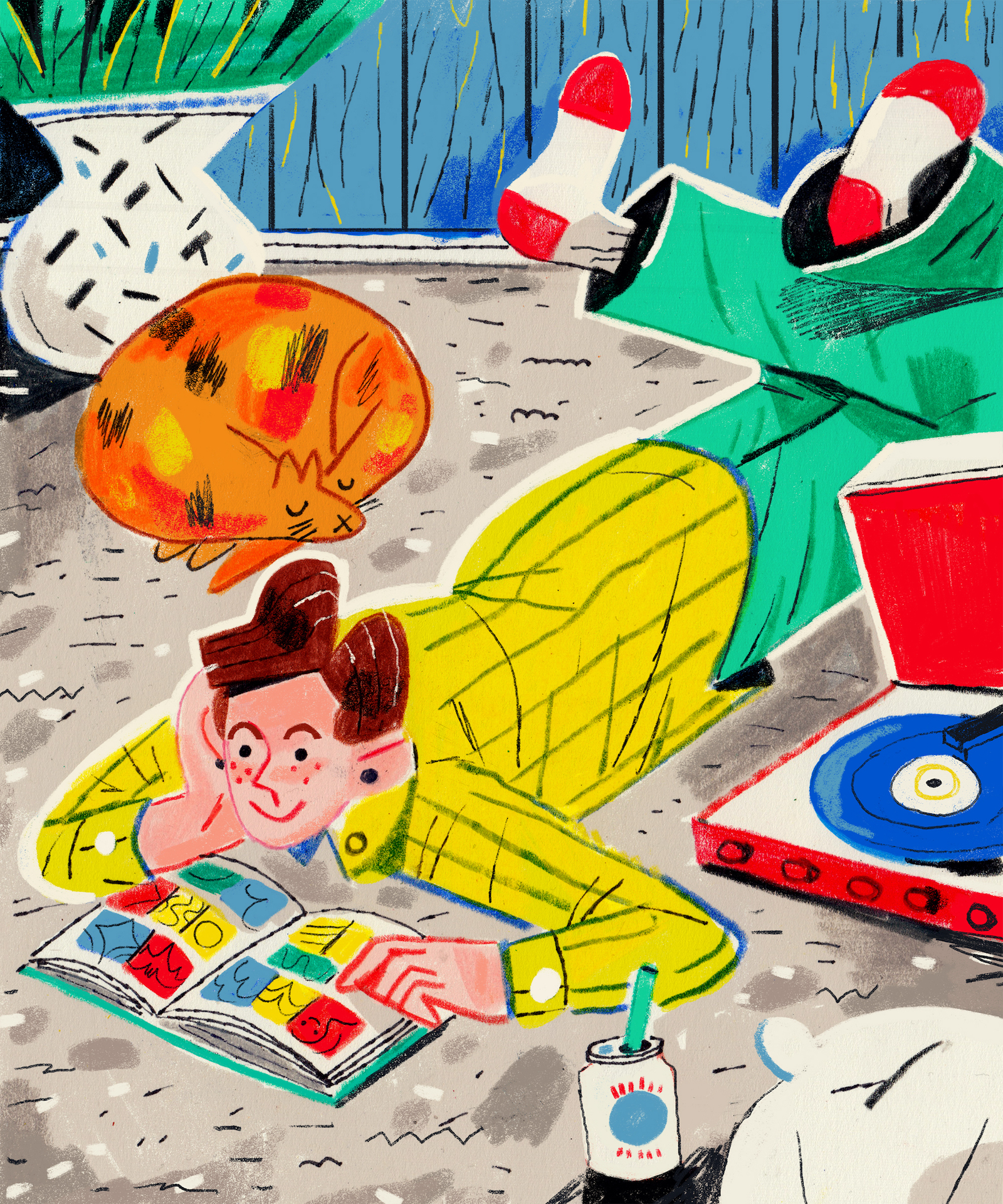
That is all fucking terrible.
Yeah, it’s a bummer. But you move forward. And, I guess, learn stuff... And see a therapist.
How do you feel your experience has informed your work?
I have a sort of axe to grind with representation. I won't write a comic without queer characters. After I began living on my own, I found a group of other lesbian and queer-identifying people who became a second family to me. When I needed help with life, those were the people I went to.
Having the people who are meant to love you unconditionally showing you that there are actually terms and conditions to their love can get to you. I think that's also in my comics. It was the culture I came out in that affected my work, not necessarily my sexual orientation.
If they hadn't kicked me out, I probably wouldn't have gone to art school because they never would have approved of it. And that would have mattered if I hadn't already broken their hearts or whatever. I got my support from my chosen family, professors, and classmates.
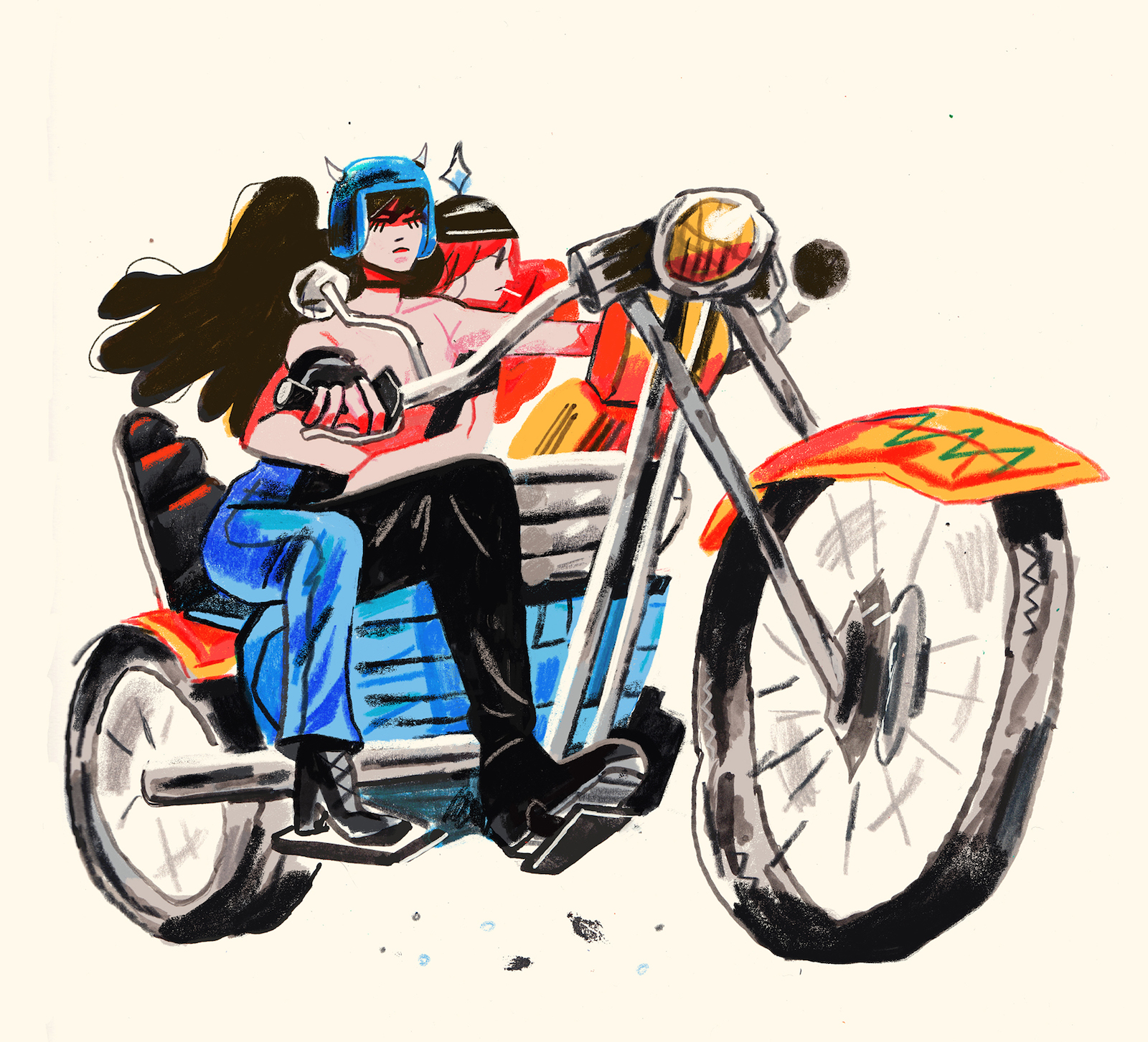
Which comics do you think have the best representations of lesbian and queer characters?
Terry Moore's Strangers in Paradise is one of my current favorites. Though it's written by a dude, I feel like the lesbian relationship that most of the story focuses around is written in a way that is extremely considered. He just revived the series and I read somewhere that he's working on a movie with Angela Robinson, an amazing queer director/writer.
The first comic I read that was centered around queer women was Ariel Schrag's series of four auto-bio comics that she wrote while in high school: Awkward, Definition, Potential, and Likewise. Each book was published as it was written, so she had a graphic novel at 14. I wrote her some super embarrassing fan mail.
I try to pick up comics when I know they have a queer lead character or are written by queer authors, like Hazel Newlevant's Sugar Town or Tillie Walden's Spinning. I picked up a queer paranormal romance anthology called The Other Side recently, which I dug.
I'm really looking forward to Laura Dean Keeps Breaking Up With Me by Mariko Tamaki and Rosemary Valero-O'Connell. Mariko Tamaki also wrote Skim, another good queer comic. Mariko Tamaki seems to have an ear for gay teen heartache.
There's also the collection of Woman World by Aminder Dhaliwal coming out through D+Q in the fall. A little more mainstream but just as beloved, the Legend of Korra graphic novels. They start the books where the animated series left off and made Korrasami canon, which is a pretty big deal
Of course, anything by Alison Bechdel is good. I also could make a case for Enid being queer in my fave comic, Ghost World, by Dan Clowes.
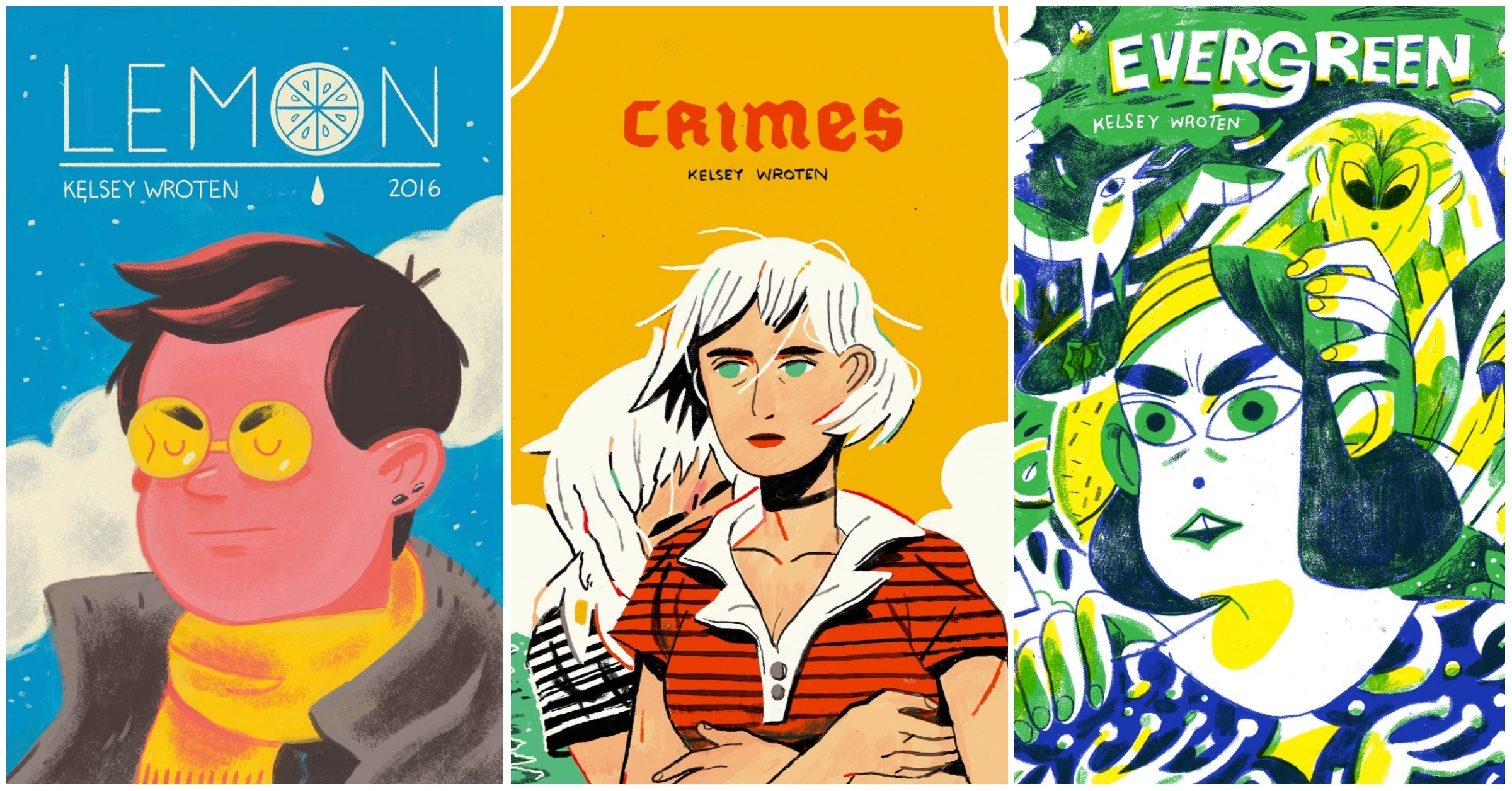
Can you tell me about your theory of Enid's queerness? My best friend from college recently came out as non-binary and was obsessed with Ghost World as well.
Enid’s a good vessel for those of us figuring out our queer identities though she is never explicitly "outed.” I first read Ghost World around the time when I had just had a major falling out with my best friend. In a lot of ways, Ghost World was basically my life. Then there’s this one panel where Enid says to her best friend, Rebecca, “Maybe we should be lesbos!” and Rebecca responds, “Get away from me!” which sums up my experience.
I think Enid realizes that she's different and how isolating that is. That is her fundamental conflict. She's not a kid anymore, and she's rejecting the paths to adulthood that are available to her. She makes a half-assed attempt at getting into college and gets rejected. Rebecca takes the paths that are presented to her. She rents an apartment, gets a job, and finds a boyfriend, while Enid refuses all of these things.
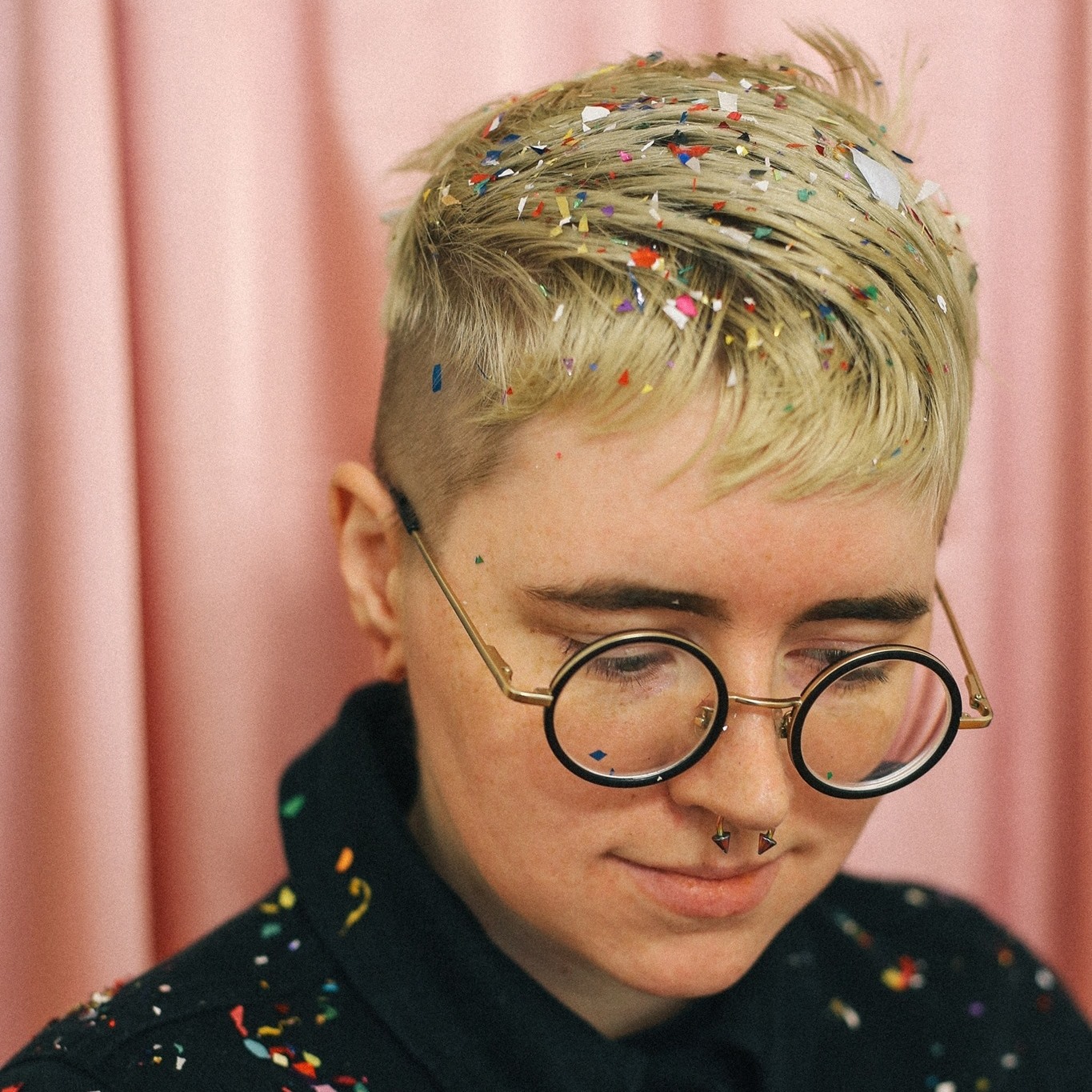
I think this experience is synonymous with discovering your queerness. Nothing that your friends do seems to fit right for you. Enid is individualistic to the point of iconoclasm, and longs for times before she was forced to act against her nature. I projected queerness as a possible cause for her discomfort over her identity and her expectations for her future. Enid must discard everything she's been taught in order to be who she is meant to be. Ghost World parallels the queer epiphany.
What is your ultimate creative dream?
I've been thinking about this a lot lately. I'm happy with the way illustration has been going for me, but comics are always going to be what it's all about for me. I'm working on becoming a better writer and learning guitar. I'm also working for an animation studio right now just to see how it goes. Maybe I’m thinking small. I’m trying to work on that, too.
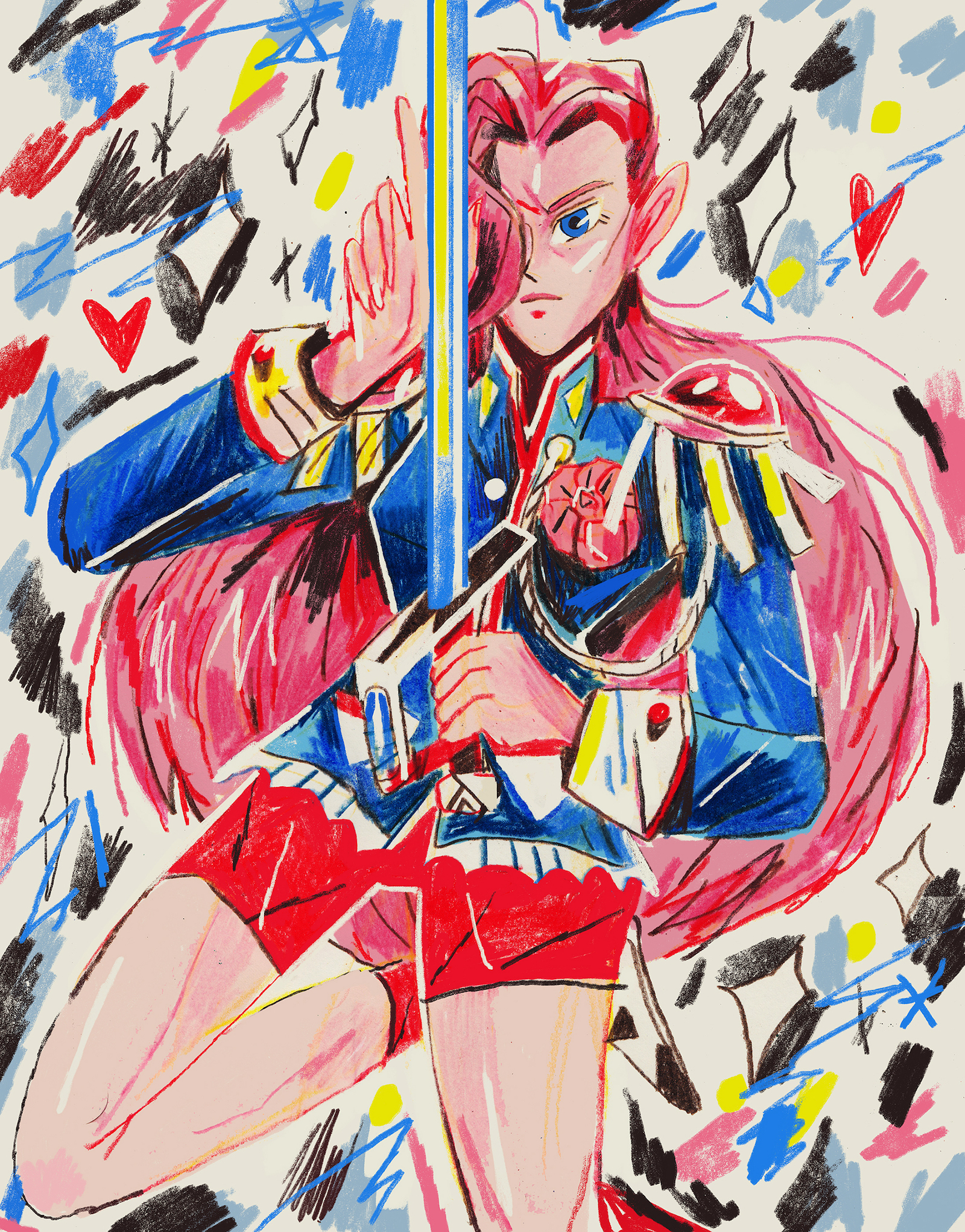
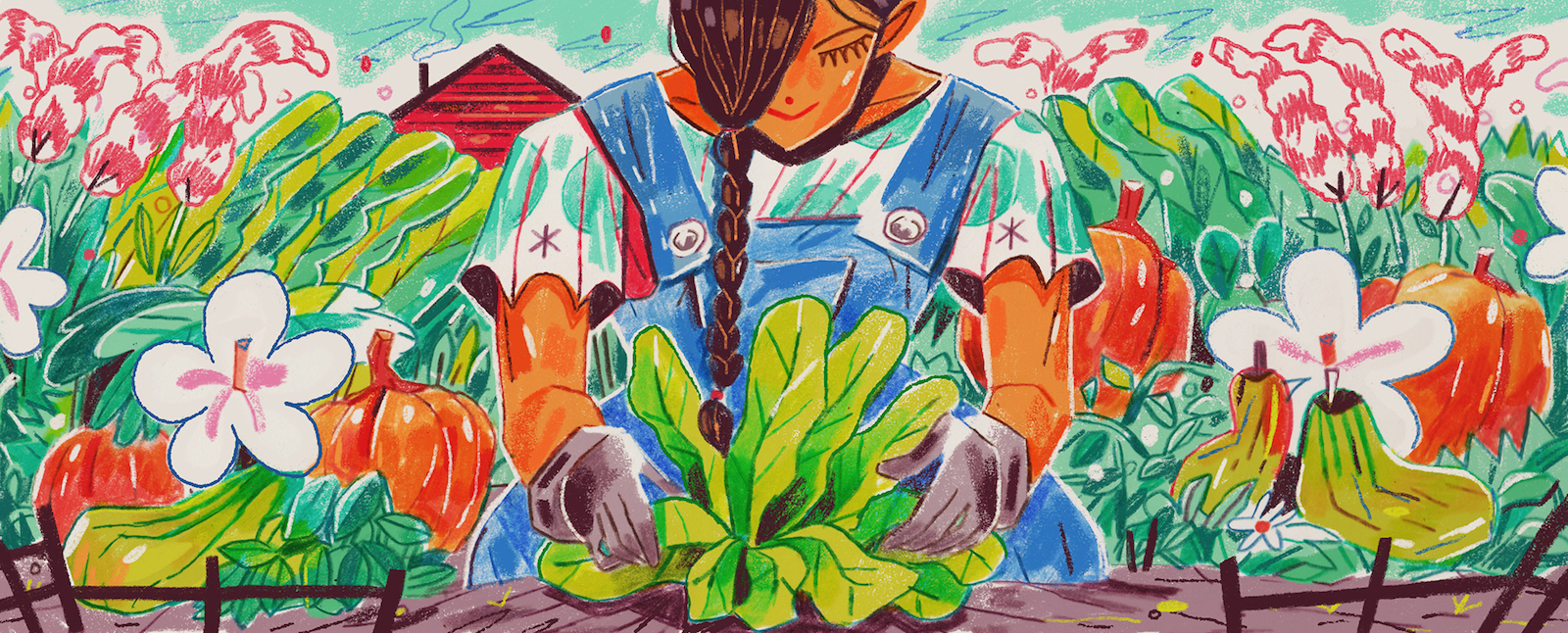
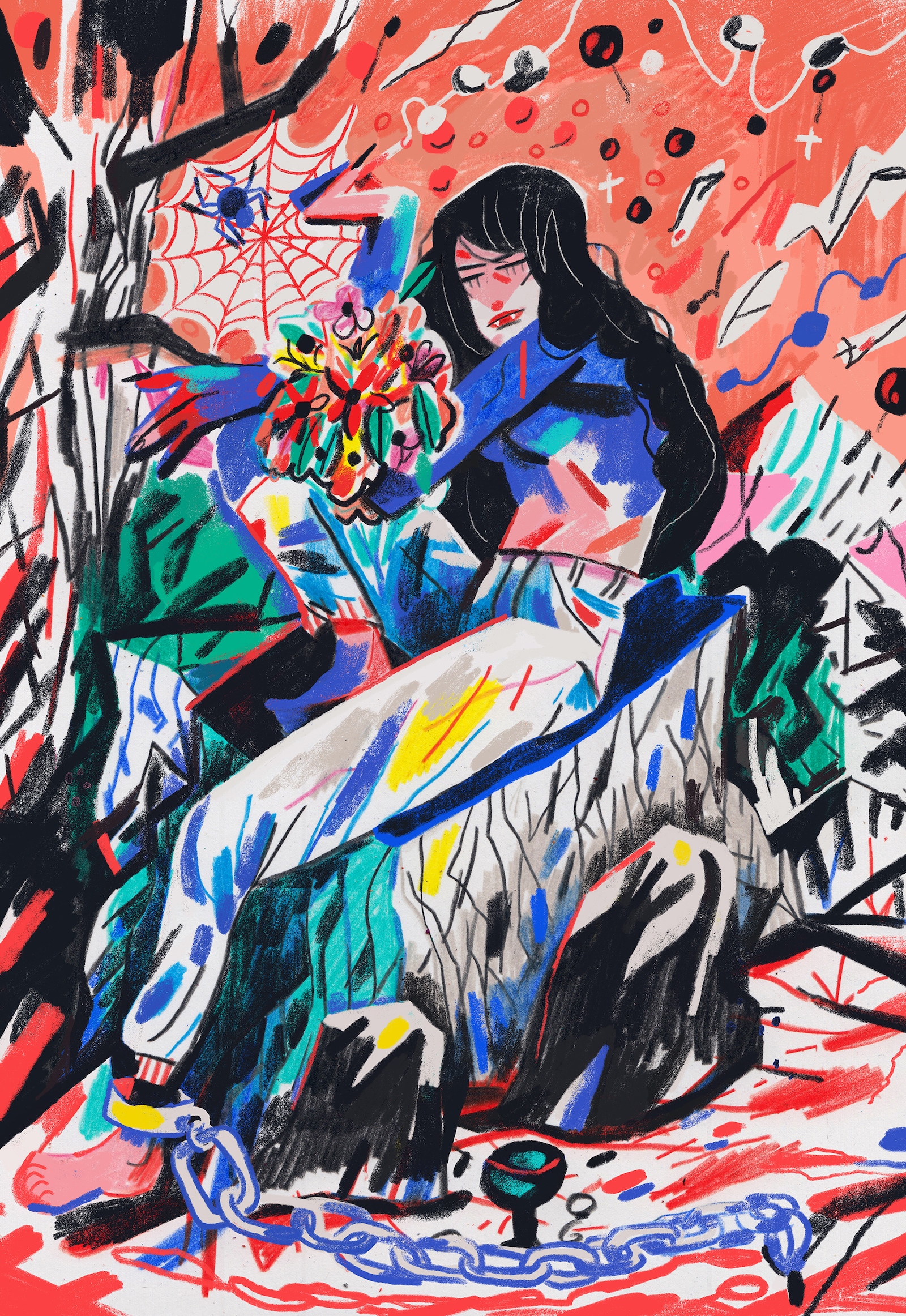
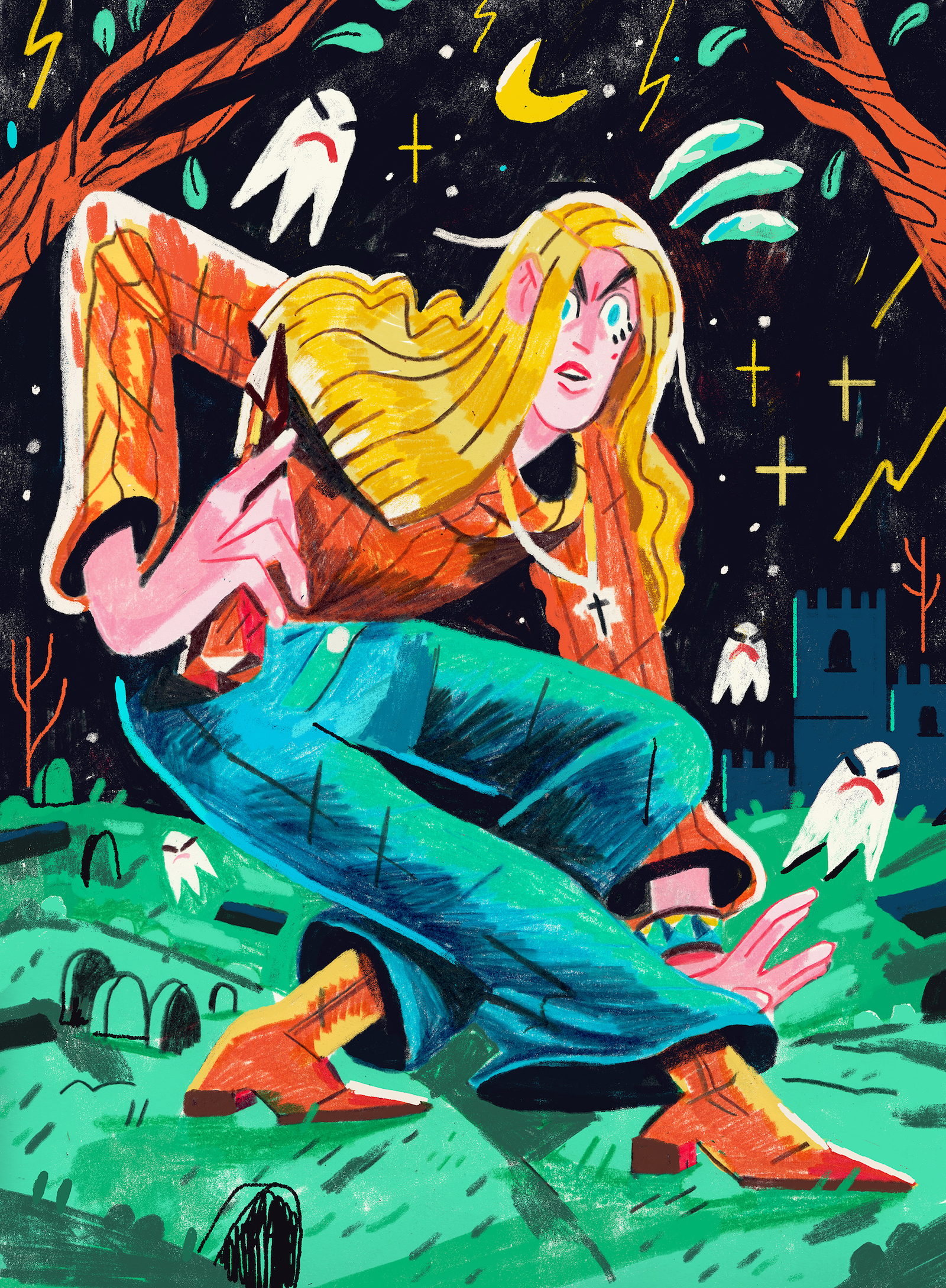
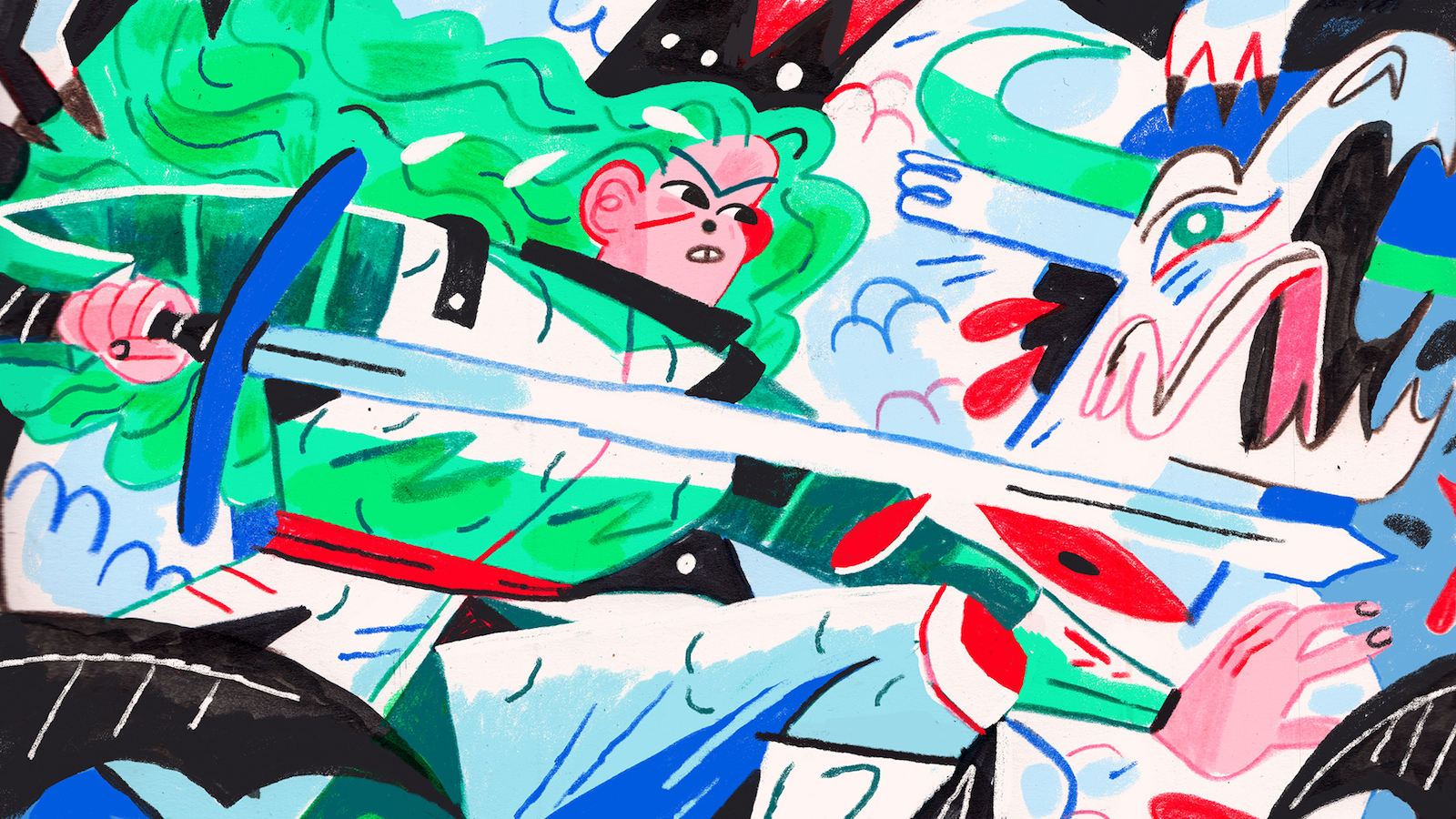
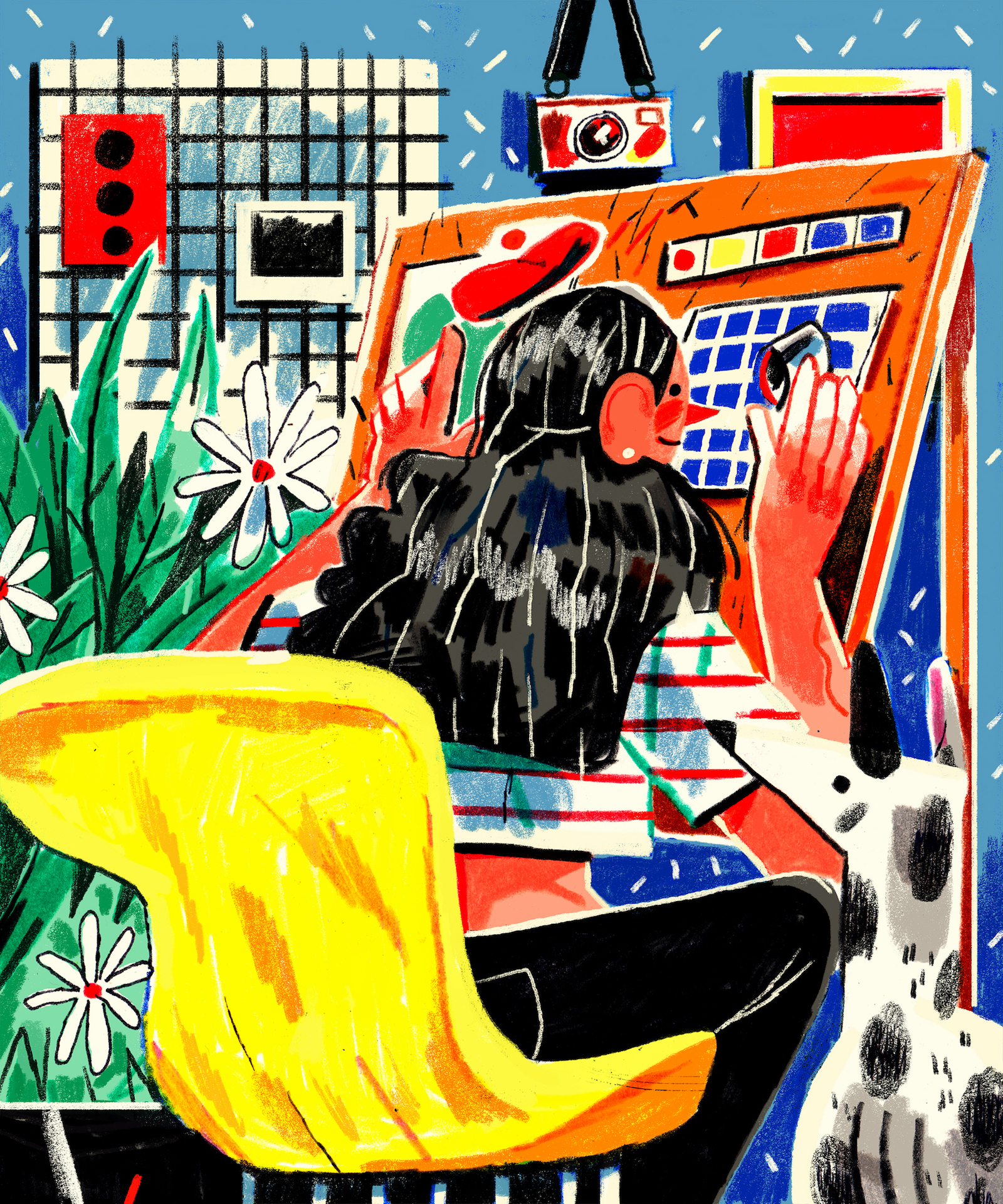
Sign up for our newsletter to get the best of VICE delivered to your inbox daily.
Look at Kelsey Wroten's Twitter and Instagram.
Follow Nick Gazin on Instagram.


